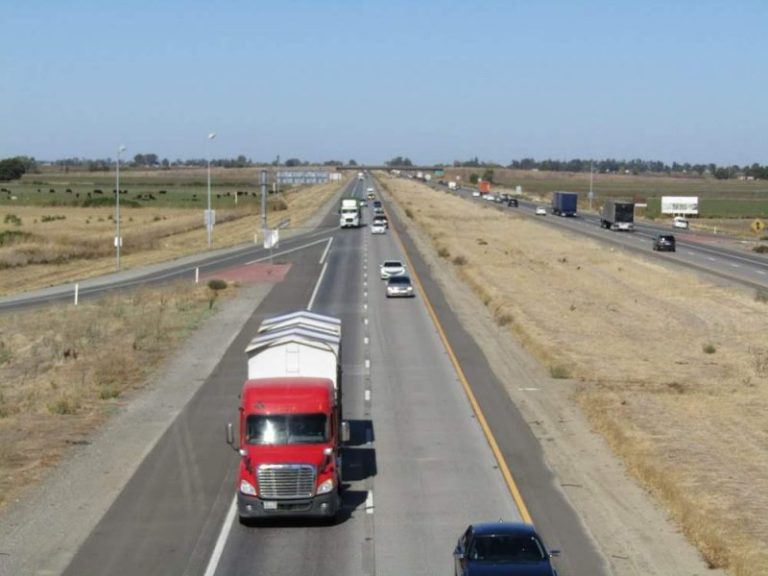Exceptions to Trucker Hours of Service Regulations
Drowsy driving is an extremely common concern within the trucking industry, leading to an incredible quantity of easily avoidable truck accidents to due to fatigued, inattentive, or otherwise drowsy truck drivers. However, after reviewing a trucker’s driving logs, you may realize that they’ve violated federal regulations meant to prevent drowsy driving. This can be a matter of flagrant disobedience, or at times, could simply be due to niche exceptions. Knowing the difference between the two is in your best interest when filing a claim.
Hours of Service Regulations
Before we can get into relevant exceptions, we’ll need to layout the baseline of the FMCSA’s hours of service regulations as they apply to the average interstate truck driver:
- 14 hours on, 10 hours off, 11 hours of driving: Most freight-carrying truckers are limited to 14-hour shifts, max. Taking time off doesn’t increase the amount of time that shift can last either, so if a trucker clocks in at 6:00 A.M., they aren’t allowed to drive anymore once 8:00 P.M. rolls around, no matter how much work they actually put in. During that 14-hour period, drivers can only drive for 11 hours total.
- 30-minute breaks every eight hours: Every eight hours without a break, truckers have to take a 30-minute break before they can drive once more. If truckers choose not to take a break, they’re still allowed to do other work, but they won’t be able to drive until they do.
- 60 hours per seven days and 70 hours per eight days: More commonly referred to as the 60/70-limit, this rule renders drivers unable to drive if they work for 60 hours in a seven day period, or for 70 hours in an eight-day period. This limitation can only be reset after 34 consecutive hours off duty.
When is a Trucker Exempt?
Beyond some especially niche situations that a truck accident attorney can apprise you of, there are three cases in which a trucker may be subjected to unique limitations and exceptions to their hours of service regulations:
- Passenger carriers: Passenger truckers are subject to different limits than freight carriers. Rather than a 14/10/11 split for shifts and driving, passenger carriers can work for 15-hour periods after 8 hours off and drive for up to 10 hours in that time.

- Short-haul drivers: Drivers who qualify for the 100 and 150 air-mile radius supervision, i.e those who never leave a 100 or 150-mile radius of their point of origin while driving, are exempt from the 30-minute break rule.
- Adverse driving conditions: If a driver encounters unforeseeable delays and driving conditions, such as a sudden accident or rainstorm, they may extend their 11-hour and 14-hour shift limits by two hours apiece to compensate.
Liability in Arizona Truck Accidents
If you’ve been hurt in a drowsy driving truck accident in Arizona, it’s in your best interest to schedule a free consultation with ELG’s legal professionals at (623) 321-0566. Our Phoenix truck accident attorneys have extensive experience with every step of the claims process and an intimate familiarity with all applicable trucking laws, so we can help you settle your claim in a stress-free, straightforward way while you focus on recovery.
Law News Feed
All NewsWho Is Liable for Damages After a Truck Accident?
According to information from the National Highway Traffic Safety Association, more than 2,500 truck accidents occur each year in Arizona. It goes without sayin…
Common Injuries After a Motorcycle Accident
Motorcycle accidents kill or severely injure individuals more frequently than any other type of crash, resulting in immense amounts of suffering and financial d…

